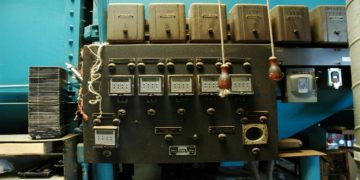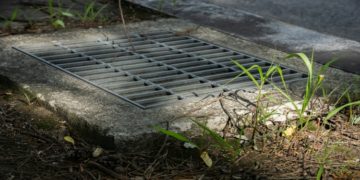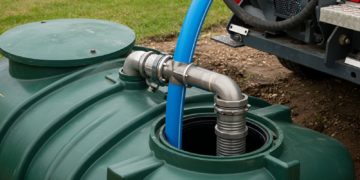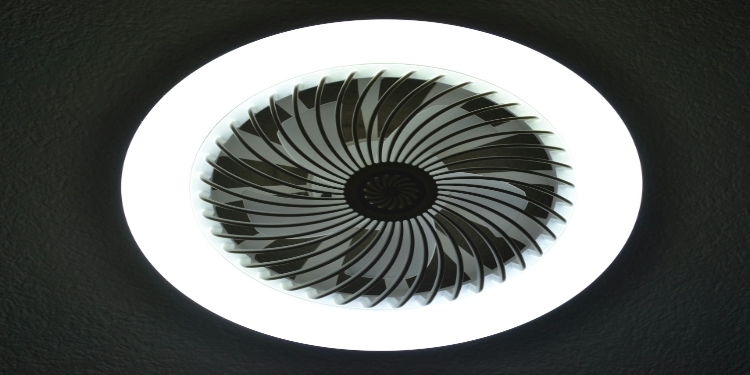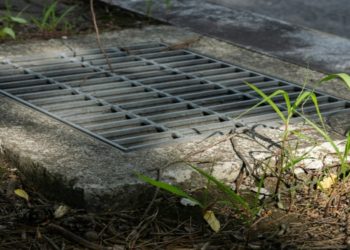In modern buildings, maintaining optimal indoor air quality is crucial for health, comfort, and compliance with building regulations. One effective solution is the installation of an inline extractor fan. These ventilation systems are designed to remove stale air, moisture, and odors from indoor spaces, ensuring a healthier environment. This article explores what an inline extractor fan is, how it operates, its benefits, and considerations for its use.
What Is an Inline Extractor Fan?
An inline extractor fan is a ventilation device installed within the ductwork of a building’s ventilation system, rather than mounted directly on a wall or ceiling. This setup allows the fan to operate more quietly and efficiently, as it is often placed in less occupied spaces like attics or ceilings. The fan works by drawing air through ducts and expelling it outside, effectively removing moisture, odors, and pollutants from indoor areas.
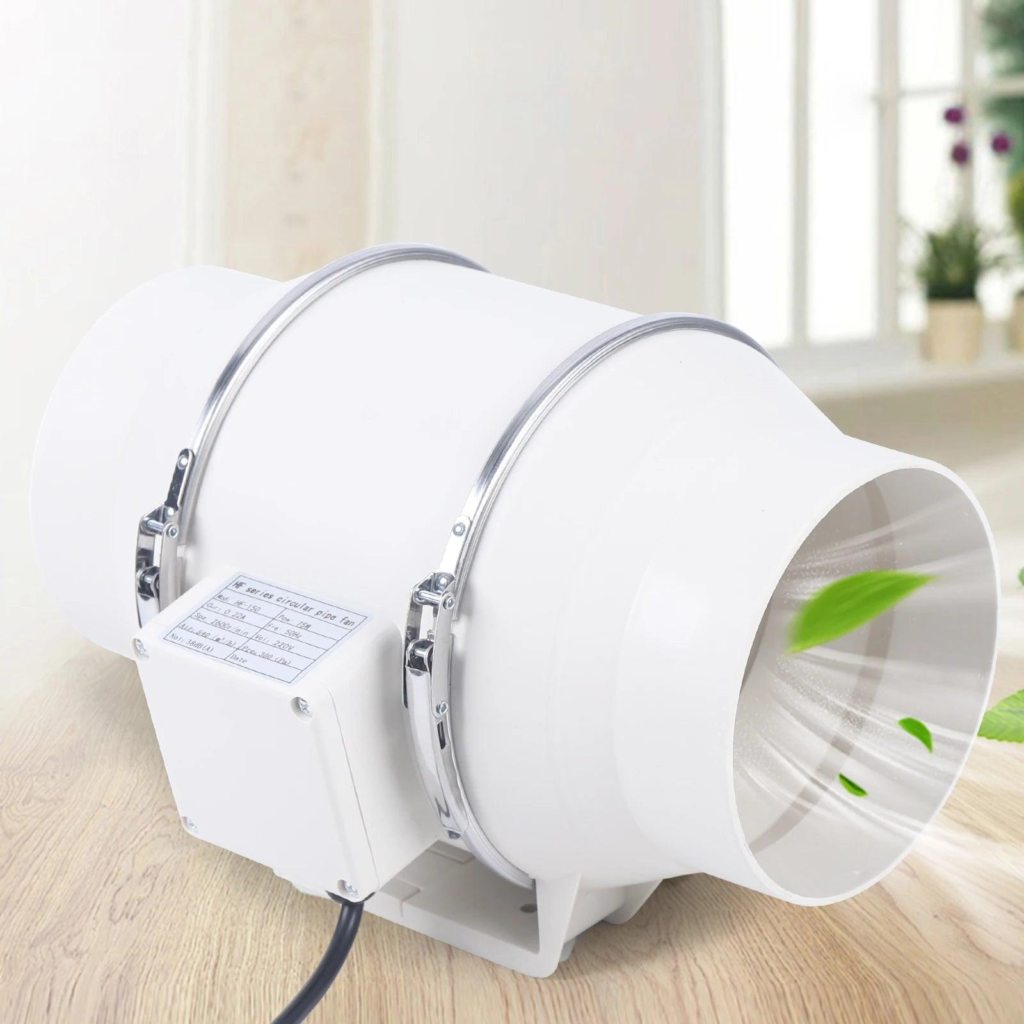
How Does an Inline Extractor Fan Work?
Inline extractor fans utilize a motorized impeller to create airflow within the duct system. When the fan is activated, the impeller spins, creating a low-pressure area that draws air from the room through the intake grille. The air travels through the ductwork and is expelled outside, carrying with it excess humidity, cooking odors, and other contaminants. This process helps maintain a balanced indoor environment and prevents issues like mold growth and condensation.
Benefits of Using an Inline Extractor Fan
1. Enhanced Air Quality
By continuously removing stale air and introducing fresh air, inline extractor fans help maintain a healthy indoor environment. This is particularly important in areas prone to high humidity, such as bathrooms and kitchens, where poor ventilation can lead to mold growth and unpleasant odors.
2. Quieter Operation
Since inline extractor fans are installed within the ductwork, they operate more quietly compared to traditional wall-mounted fans. This makes them ideal for spaces where noise reduction is a priority, such as offices, bedrooms, and living areas.
3. Energy Efficiency
Modern inline extractor fans are designed to be energy-efficient, consuming less power while providing effective ventilation. Some models are equipped with sensors that activate the fan only when needed, further reducing energy consumption.
4. Flexibility in Installation
Inline extractor fans offer flexibility in installation, as they can be placed in various locations within the duct system. This allows for optimal placement to achieve the best airflow and ventilation efficiency.
Applications of Inline Extractor Fans
Residential Use
In homes, inline extractor fans are commonly used in bathrooms, kitchens, and utility rooms to remove excess moisture and odors. Their discreet installation and quiet operation make them suitable for residential settings.
Commercial Use
In commercial buildings, inline extractor fans are used in restrooms, kitchens, and other areas requiring ventilation. Their ability to handle longer duct runs and higher airflow rates makes them suitable for larger spaces.
Industrial Use
In industrial settings, inline extractor fans are employed to remove fumes, dust, and other airborne contaminants from manufacturing areas. Their robust design and high airflow capacity make them ideal for such applications.
Considerations When Choosing an Inline Extractor Fan
1. Airflow Capacity
The airflow capacity, measured in cubic meters per hour (m³/h), indicates the volume of air the fan can move. It’s essential to choose a fan with an adequate airflow capacity to effectively ventilate the space.
2. Noise Level
Consider the noise level of the fan, measured in decibels (dB). For noise-sensitive areas, select a fan with a low noise rating to ensure a comfortable environment.
3. Energy Efficiency
Opt for energy-efficient models that consume less power while providing effective ventilation. Look for fans with features like variable speed controls and timers to optimize energy use.
4. Ducting Compatibility
Ensure that the fan is compatible with the existing ductwork in your building. Check the diameter and length of the ducts to select a fan that can handle the airflow requirements.
Installation Tips
- Professional Installation: While some inline extractor fans are designed for DIY installation, it’s advisable to have a professional install the fan to ensure proper setup and compliance with building codes.
- Optimal Placement: Install the fan in a location that allows for efficient airflow, such as near the source of moisture or odors.
- Regular Maintenance: Regularly clean and maintain the fan to ensure optimal performance and longevity.
Conclusion
Inline extractor fans are an effective solution for improving indoor air quality by removing moisture, odors, and pollutants. Their quiet operation, energy efficiency, and flexibility in installation make them suitable for various applications in residential, commercial, and industrial settings. When selecting an inline extractor fan, consider factors like airflow capacity, noise level, energy efficiency, and ducting compatibility to ensure optimal performance.
David Prior
David Prior is the editor of Today News, responsible for the overall editorial strategy. He is an NCTJ-qualified journalist with over 20 years’ experience, and is also editor of the award-winning hyperlocal news title Altrincham Today. His LinkedIn profile is here.







